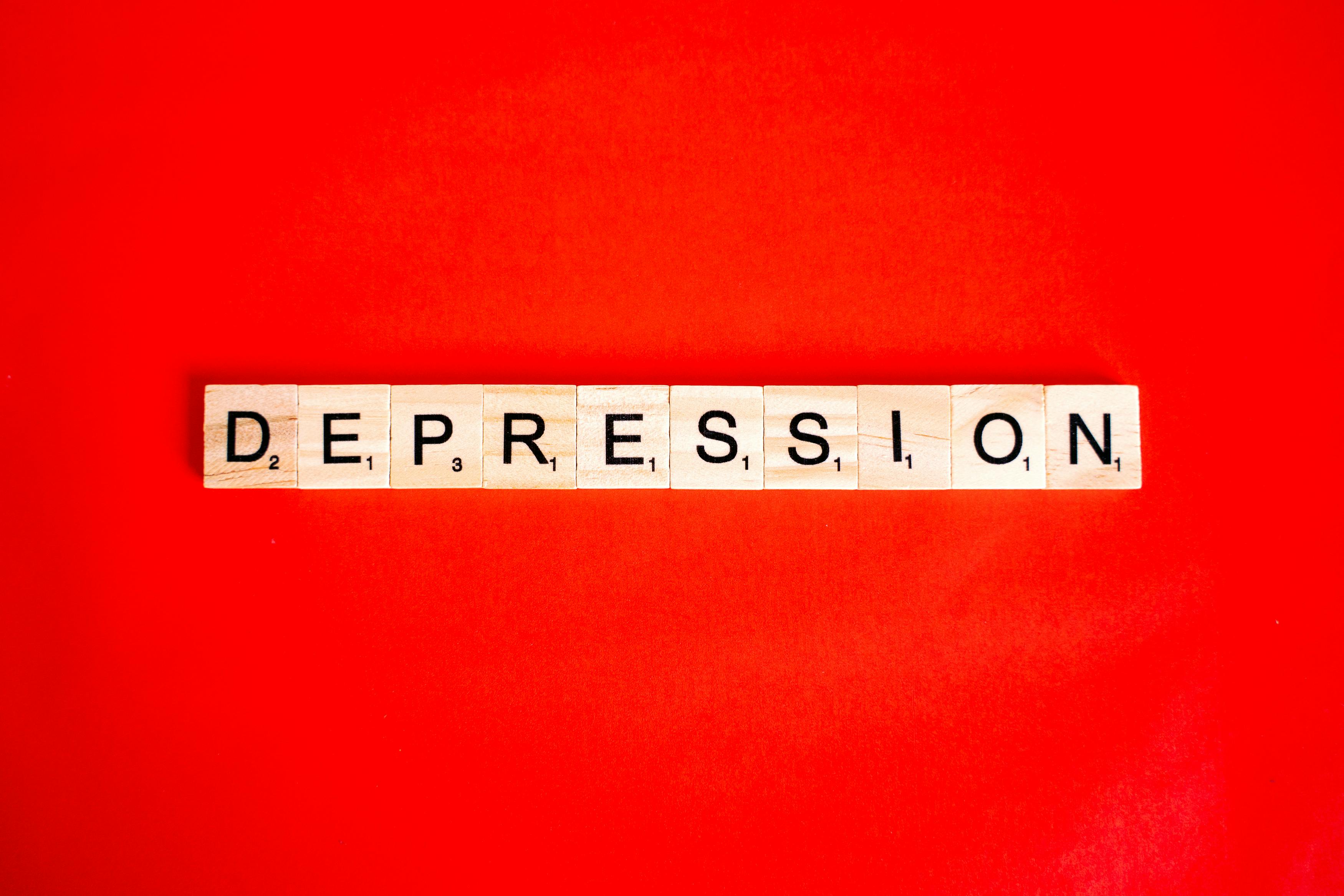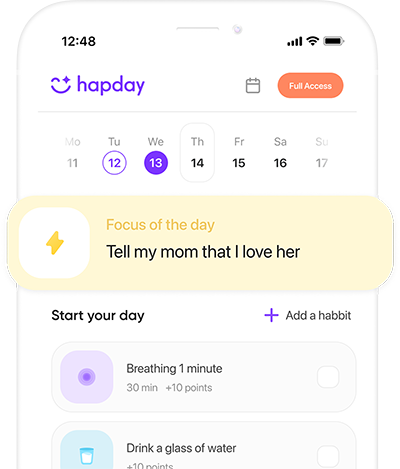Childhood trauma—those two words alone can conjure up a lifetime of stories and struggles, right? It tends to leave some pretty deep and lasting scars that shape how we connect with others as adults. Enter the “5 Love Languages,” a concept introduced by Dr. Gary Chapman. It’s not just a catchy phrase; it’s a real option for healing wounds through meaningful connections. The love languages include Words of Affirmation, Acts of Service, Receiving Gifts, Quality Time, and Physical Touch. Learning to communicate using the right love language can be eye-opening, especially when trying to meet emotional needs that were overlooked during those formative years. Trust me, it can turn the whole healing game around.
Childhood trauma? The impact is profound and widespread. According to the National Child Traumatic Stress Network, over two-thirds of kids have reported experiencing at least one traumatic event by the ripe old age of 16. We’re talking about heavy stuff like neglect, abuse, or the loss of someone significant. Such experiences can throw a wrench in emotional development, creating hurdles in forming secure and healthy relationships. But here’s the kicker—by employing the love languages as a tool, we get a structured method to reconnect with ourselves and our surroundings, fostering emotional resilience and fulfillment.
Table of Contents
- Understanding Childhood Trauma
- Long-Term Effects of Childhood Trauma
- The 5 Love Languages: A Pathway to Healing
- Integrating Love Languages for Healing
- Embracing Healing and Growth
Understanding Childhood Trauma
Childhood trauma isn’t a one-size-fits-all kind of thing, ranging from acute events—like physical abuse—to more chronic issues, such as emotional neglect. These experiences often mold a person’s emotional and psychological ecosystem. Get this: Research by the CDC reveals that adverse childhood experiences (often abbreviated as ACEs) are linked to chronic health problems, mental illness, and substance misuse in adulthood. These traumas don’t just vanish; they hide in crevices, tainting trust, self-worth, and intimacy capacity.
Long-Term Effects of Childhood Trauma
- Attachment Issues: Those with open childhood wounds might find themselves grappling with attachment, inevitably affecting relationship formation and maintenance. Attachment Theory suggests our early interactions with caregivers make or break how we connect later on.
- Emotional Dysregulation: Ever find yourself just flipping your lid? The brain, influenced by trauma, often feels like it’s hijacked by impulsive emotions. A study in “Development and Psychopathology” can vouch for this brain-emotion tango.
- Relationship Patterns: Surprised to find cycles of unhealthy attachments or avoidances in adult relationships? Patterns from youth seem to follow us into the boardrooms and bedrooms. The National Institute of Mental Health says it’s rooted deep in early experiences.
Pinning down and untangling these patterns is the entry ticket to healing. The five love languages offer a road map to reshape old habits into uplifting, healthy communications.
The 5 Love Languages: A Pathway to Healing
Dr. Gary Chapman’s 5 Love Languages? Think of it like a Rosetta Stone for understanding love’s dialects—yours and others. Once you grasp your primary language, it becomes way easier to have heart-to-heart dialogues. It’s mutual understanding through the lens of a love language—something that can mend trauma’s rough edges.
1. Words of Affirmation
Words hold gravity, especially for those whose love language is Words of Affirmation. We’re talking serious business here—spoken or penned affirmations that mirror support, belief, and compassion.
Healing Through Words
- Building Self-Esteem: Positive affirmations? It’s like battling the negative self-chatter inherited from past trauma. Remember a study from “Psychological Science”? It found self-affirmations to be a stress shield and problem-solving booster.
- Creating Safe Spaces: A reliable dialogue of support and affirmation isn’t just nice—it restores trust and crafts a safe haven in relationships.
- Empathy and Understanding: Listening deeply and validating can be panacea for those wounded by judgment and neglect.
Implementation: Make daily affirmations a ritual, both for you and those who matter. Journaling? Yeah, it’s more than a high-school phase; it’s a tool for expression and emotional processing.
2. Acts of Service
Acts of Service is love in action—showing up for someone through helpful deeds. It’s less about grand gestures, more about practical love in everyday acts.
Healing Through Acts
- Fostering Dependability: Taking tangible steps can be trust’s superglue, proving reliability and intent. “Journal of Marriage and Family” says supportive acts can lift marital satisfaction.
- Building Mutual Respect: When shared responsibilities bridge the gap of old power imbalances, respect and equality take center stage.
- Enhancing Communication: Observing someone’s needs and stepping in nurtures empathy and dialogue.
Implementation: Notice what’s dragging your partner down and lend a hand. Small deeds can turn into monumental strides in emotional strength.
3. Receiving Gifts
Receiving Gifts isn’t about materialism, okay? It’s about the thoughtfulness embedded in the gesture.
Healing Through Gifts
- Symbolizing Thoughtfulness: Being seen and valued—that’s what gifts can symbolize. “The Journal of Social and Personal Relationships” can back me up; gifts often cement satisfaction and commitment.
- Creating Positive Associations: They foster good memories and assure love is ever-present.
- Affirming Worth: For the neglected, receiving gifts can be a powerful affirmation of self-worth.
Implementation: Aim for meaningful over luxurious—something personal. Even a sweet handwritten note can have lasting impact.
4. Quality Time
Quality Time: it’s all about genuine presence and shared moments.
Healing Through Time
- Enhancing Connectivity: Quality time can be the balm for relational fractures. “The Journal of Marriage and Family Therapy” underscores the magic of shared activities for relationship happiness.
- Fostering Presence: Being fully present counters that old childhood feeling of being left behind.
- Developing Emotional Intimacy: Shared experiences enhance intimacy and emotional understanding.
Implementation: Cut out the digital noise. Dedicate time for connecting activities. No distractions, just genuine attention.
5. Physical Touch
Physical Touch is love in skin contact forms—everything from hugs to simple touches.
Healing Through Touch
- Providing Comfort and Safety: Touch can be a balm for anxiety, offering instant relief. “Psychosomatic Medicine” notes that physical affection fosters stress reduction and well-being.
- Enhancing Emotional Bonds: Oxytocin, the “cuddle hormone,” is the player here—cementing bonds and trust.
- Affirming Presence: Physical touch reassures those with abandonment scars of constant presence and commitment.
Implementation: Be sure it’s consensual, sure, but don’t underestimate the power of touch. Even a hand on the shoulder can be a powerful move.
Integrating Love Languages for Healing
Each love language is a stepping stone for healing childhood trauma. When utilized, they open doors to hearty communication and empathy, vital for secure connections.
Steps to Healing
- Identify Your Love Language: What resonates? Knowing empowers you to communicate needs effectively.
- Communicate with Partners: Sharing love languages with your circle—partners, friends, family—fosters empathy and strong ties.
- Practice Mindful Engagement: Be deliberate about practicing your love language and tuning in to others. It patches emotional gaps.
- Seek Professional Support: Therapists can facilitate exploration of trauma and new strategies for healing.
- Reflect and Adjust: It’s a marathon, not a sprint. Regularly

